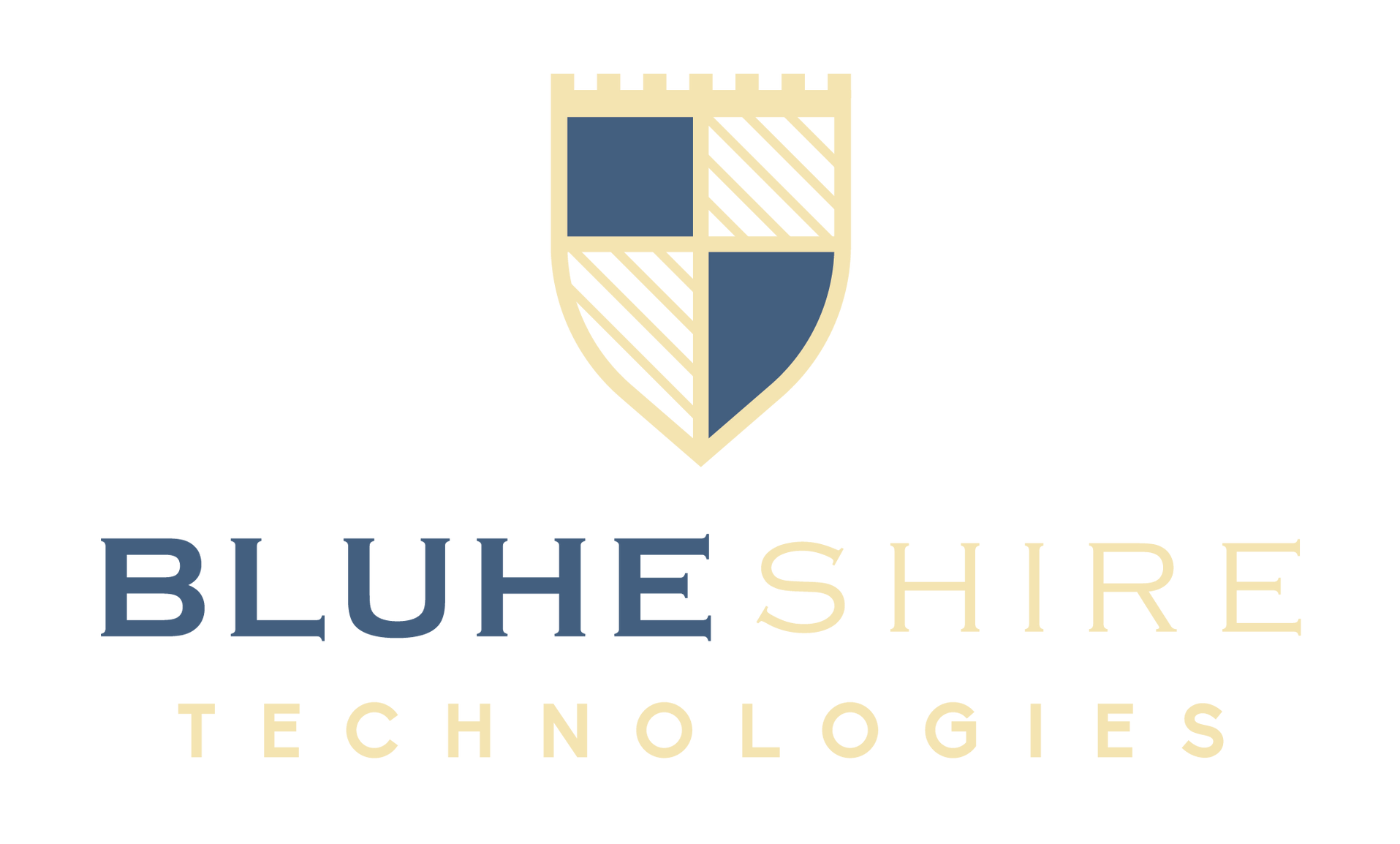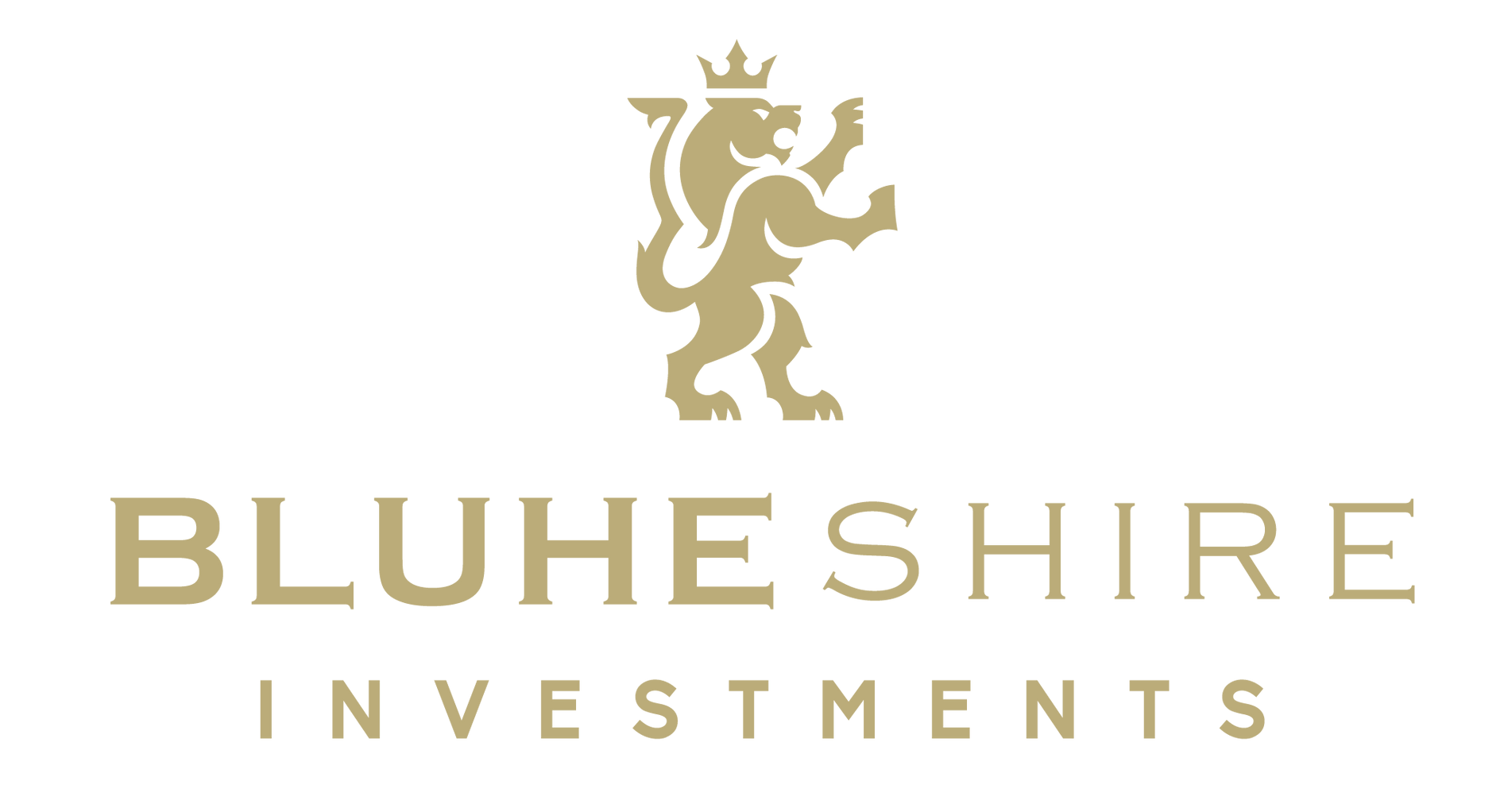Asset Tokenization
What is Asset Tokenization?
Asset tokenization refers to the process of converting rights to an asset into a digital token on a blockchain.
Digital Representation of Assets
Traditional assets, such as real estate, artwork, or commodities, can be tokenized to create digital tokens that represent ownership or a share in the asset.
Blockchain Technology
Asset tokenization utilizes blockchain platforms to create, manage, and transfer tokens securely and transparently. Blockchain ensures the immutability, traceability, and security of tokenized assets.
Fractional Ownership
Tokenization enables fractional ownership of assets, allowing investors to purchase and own a fraction of high-value assets, thereby reducing barriers to entry and increasing accessibility to various investment opportunities.
Increased Liquidity
Tokenized assets can be traded on digital asset exchanges, providing increased liquidity compared to traditional markets. This liquidity can attract a broader range of investors and potentially enhance market efficiency.
Efficiency and Automation
Asset tokenization streamlines processes related to asset management, trading, and settlement through smart contracts and automated protocols. This can reduce administrative complexities, minimize intermediaries, and enhance operational efficiency.
Regulatory Considerations
Asset tokenization operates within the regulatory frameworks governing securities, commodities, or other asset classes. Compliance with relevant regulations, such as securities laws and anti-money laundering (AML) regulations, is crucial for issuing and trading tokenized assets.
How It Works
1. Define the Asset
Clearly identify and define the real-world asset you want to tokenize. This could be real estate, art, stocks, commodities, or any other tangible or intangible asset.
2. Choose a Blockchain Platform
Select a blockchain platform that supports the creation of tokens. Ethereum is a popular choice, but other platforms like Binance Smart Chain, Polkadot, or Algorand also offer tokenization capabilities.
3. Legal Compliance
Ensure that your tokenization process complies with local regulations. Seek legal advice to navigate regulatory requirements for tokenized assets
4. Smart Contract Development
Create a smart contract that represents the rules and conditions of your tokenized asset. This smart contract will define how the tokens are created, transferred, and managed.
5. Token Standards
Choose a token standard. For example, ERC-20 is commonly used for fungible tokens, while ERC-721 is used for non-fungible tokens (NFTs). The choice depends on the nature of your asset.
6. Development and Auditing
Develop the smart contract and have it audited by a reputable third party to ensure security and compliance with best practices.
7. Token Creation
Distribute the tokens to the initial owners. This could involve a private sale, public sale, or distribution to stakeholders, depending on the nature of the asset.
8. Compliance with KYC/AML
Implement Know Your Customer (KYC) and Anti-Money Laundering (AML) processes if required by regulations. This helps ensure that participants in the tokenization process are identified and verified.
9. Ongoing Maintenance
Regularly maintain and update the smart contract as needed. Monitor regulatory changes and update the token structure or associated processes accordingly.
10. Provide Accessibility
Ensure that token holders have easy access to information regarding the underlying asset, its performance, and any relevant updates.
History of Asset Tokenization
Asset tokenization represents a transformative development in the financial and technological landscape, leveraging blockchain technology to redefine the ownership, transferability, and management of various types of assets. The concept has evolved over time, driven by technological advancements, regulatory developments, and market demands. Here is a detailed history of asset tokenization, highlighting key milestones and developments: Early Concepts and Foundations (2000s):
- Digital Assets and Cryptocurrencies: Bitcoin's emergence in 2009 marked the beginning of blockchain technology and the concept of digital assets. Bitcoin introduced the decentralized peer-to-peer transfer of value, laying the foundation for future developments in asset tokenization.
- Blockchain Technology: Blockchain technology gained recognition for its potential to revolutionize various industries beyond cryptocurrencies. Its immutable, transparent, and decentralized nature provided a robust framework for developing innovative applications, including asset tokenization.
Initial Exploration and Experimentation (2010s):
- Token Offerings and Crowdfunding: The early 2010s witnessed the rise of Initial Coin Offerings (ICOs) and token-based crowdfunding models. Projects began to tokenize assets, such as real estate, commodities, and securities, to offer fractional ownership and facilitate investment opportunities.
- Regulatory Developments: Regulatory agencies worldwide started to address the regulatory considerations surrounding tokenization. Jurisdictions developed frameworks and guidelines to govern token offerings, ensuring investor protection, market integrity, and compliance with existing laws and regulations.
Expansion and Integration (Mid to Late 2010s):
- Diverse Applications: Asset tokenization expanded to encompass a wide range of assets, including artwork, intellectual property, venture capital, and more. Its versatility enabled the representation and transfer of various asset classes in a digital format, fostering innovation and diversification in investment opportunities.
- Blockchain Platforms and Standards: The development of specialized blockchain platforms and standards, such as Ethereum and the ERC-20 token standard, facilitated the creation, management, and interoperability of tokenized assets. These platforms provided the infrastructure for issuing tokens, executing smart contracts, and integrating with existing financial systems.
- Institutional Engagement: Traditional financial institutions, including banks, asset managers, and exchanges, began exploring and experimenting with asset tokenization. Partnerships, pilot projects, and collaborations emerged as institutions recognized the potential benefits of tokenization, such as increased liquidity, efficiency, and accessibility.
Current Trends and Future Outlook (2020s and Beyond):
- Mainstream Adoption: Asset tokenization continues to gain momentum, with increasing adoption across various industries and geographies. The integration of tokenized assets into mainstream financial markets and infrastructure represents a significant milestone in its evolution.
- Technological Innovations: Advancements in blockchain technology, interoperability, and scalability solutions contribute to enhancing the capabilities and scalability of asset tokenization. Innovations, such as decentralized finance (DeFi) platforms, security token offerings (STOs), and blockchain-based marketplaces, further expand the possibilities and applications of tokenized assets.
- Regulatory Evolution: Regulatory frameworks and oversight mechanisms continue to evolve to address the complexities and challenges associated with asset tokenization. Collaborative efforts between regulators, industry participants, and stakeholders aim to foster a balanced and conducive regulatory environment for the growth and development of tokenized assets.
- Global Impact and Opportunities: Asset tokenization transcends borders and offers opportunities for global investment, capital formation, and financial inclusion. The democratization of access to assets, reduced barriers to entry, and increased market efficiency contribute to reshaping the global financial landscape and unlocking new avenues for innovation and growth.
In summary, asset tokenization has evolved from its conceptual origins in the early days of blockchain technology to become a dynamic and transformative force in the modern financial ecosystem. The industry's continuous innovation, collaboration, and adaptation position asset tokenization as a pivotal development shaping the future of finance, investment, and asset management in the digital age.
Benefits

Increased
Liquidity
One of the primary benefits of tokenizing assets is the potential to enhance liquidity. Traditional assets, such as real estate or private equity, are often illiquid, meaning they can't be easily bought or sold. By tokenizing these assets and representing ownership with digital tokens on a blockchain, investors can trade these tokens on secondary markets. This increased liquidity provides investors with more flexibility to buy or sell their assets, potentially unlocking value that was previously tied up.

Fractional
Ownership
Tokenization allows for fractional ownership, enabling investors to own a fraction of high-value assets. For example, if a real estate property is tokenized, investors can purchase a fraction of a token representing the property. This opens up investment opportunities to a broader range of individuals who may not have the financial capacity to buy an entire property. Fractional ownership makes it easier for a larger number of investors to participate in traditionally exclusive markets.

Efficiency and Reduced Costs
Tokenizing assets on a blockchain can streamline various processes, reducing administrative and transactional costs. Smart contracts, which automatically execute predefined rules, can automate tasks such as dividend distributions, interest payments, and compliance processes. The use of blockchain technology also enhances transparency and reduces the need for intermediaries, further cutting down on administrative costs. This increased efficiency benefits both issuers and investors, potentially making investments more cost-effective.


